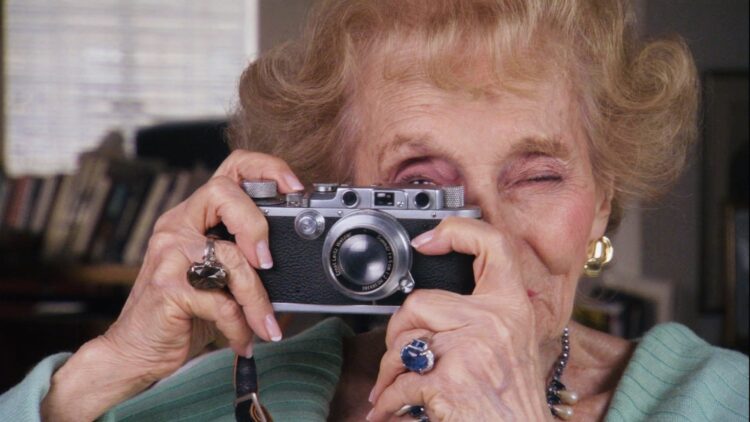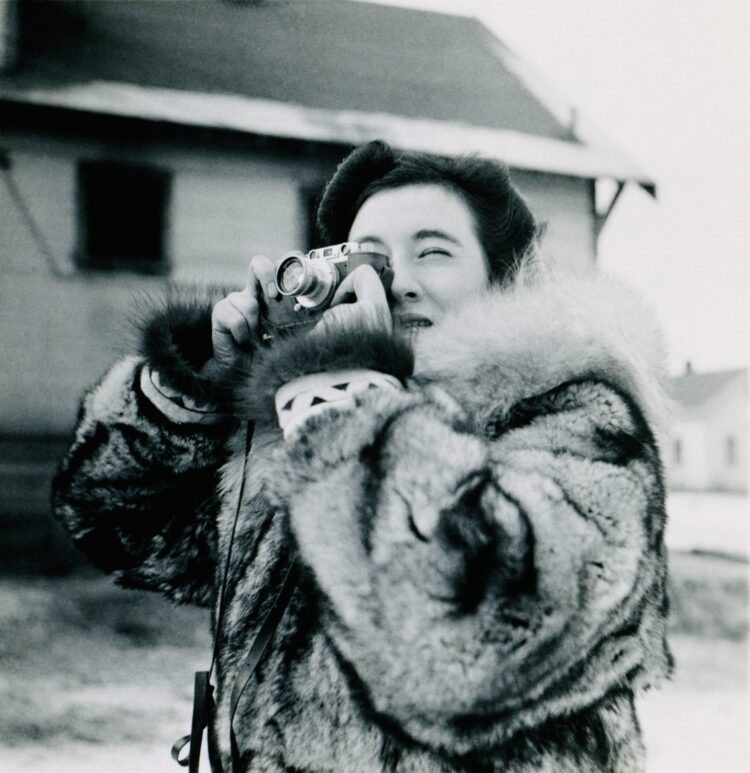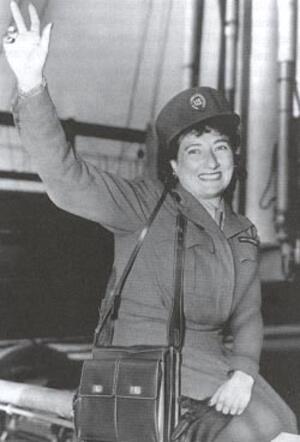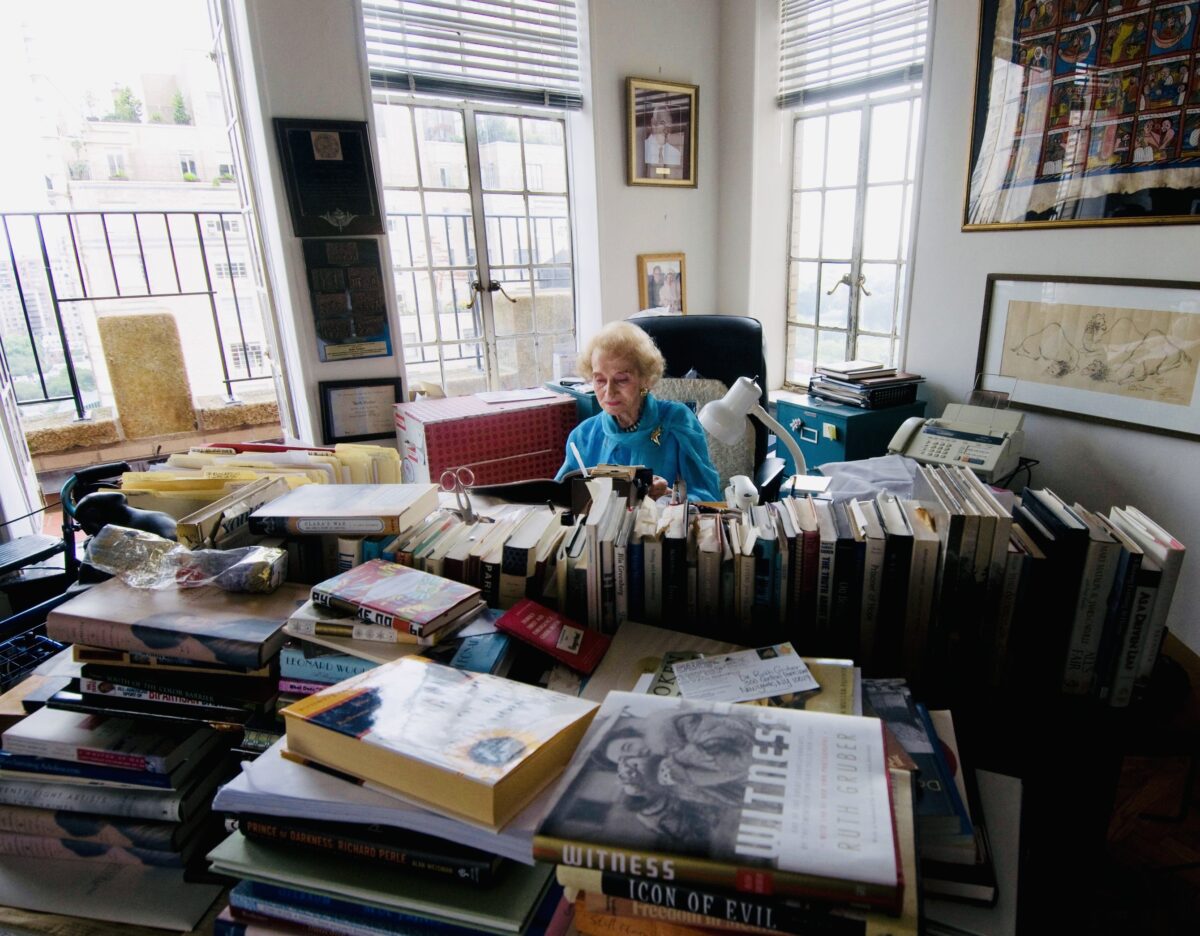Ruth Gruber was an amazing and accomplished person who blazed new paths at a time when women were expected to be barefoot and pregnant in the kitchen.
A photojournalist, author and humanitarian, she is the subject of Bob Richman’s documentary, The Extraordinary Journey Of Ruth Gruber, which will be re-released on VOD and leading digital platforms on September 12.
Born in Brooklyn in 1911, the daughter of Russian Jewish immigrants, she had the unique distinction of having been the youngest known person to have earned a PhD.
Finding herself jobless during the Depression, she launched her career as a freelance foreign correspondent in the Soviet Union. During and after World War II, as a U.S. government official, she assisted Jewish refugees. On the eve of Israel’s birth, she witnessed the arrival of the Exodus, a ship filled with Holocaust survivors, in the British Mandate port of Haifa.
Richman, whose film was originally released in 2009, covers the high points of Gruber’s life, though he often skims over them very lightly and superficially. Gruber appears in the film from beginning to end, reminiscing about her days as a photojournalist and government employee.

Be that as it may, Richman’s documentary is interesting, a character study of an extremely intelligent and enterprising women who broke through the glass ceiling and paved the way for gender equality.
An aspiring writer who was drawn to German language, music and poetry, Gruber studied literature and philosophy at the University of Cologne on a fellowship. She arrived in Germany in 1931, two years before the Nazi seizure of power, and lived with a Jewish family which would be forced to emigrate.
Gruber attended a Nazi rally at which Adolf Hitler spoke, leaving with the impression that he was a madman.
At the tender age of 20, she received a doctorate degree. Her dissertation was on the British novelist Virginia Woolf.
She published her first newspaper article, a piece on Brooklyn, in The New York Times in 1934. The New York Herald-Tribute, its competitor, commissioned Gruber to write stories about the Arctic in the Soviet Union. This trip yielded her first of 19 books.

Harold Ickes, the secretary of interior in President Franklin Roosevelt’s administration, read and admired I Went To The Soviet Arctic and hired Gruber as one of his assistants. In her first major assignment, she spent more than a year in Alaska sizing up its potential for homesteading.
In 1944, Ickes sent her to Europe to facilitate the immigration of 1,000 refugees to the United States. They were dropped off at Fort Ontario in Oswego, New York.

Writing for The New York Post, Gruber reported on the mission of the Anglo-American Committee of Inquiry on Palestine. Reporting for The New York Herald-Tribune again, she turned up in Haifa when the Exodus, loaded with 4,500 Jewish refugees seeking asylum in Palestine, pulled into the harbor. The British sent the refugees to Cyprus and then to Germany, and Gruber accompanied them on both trips.
The graphic photographs she took were published in, among other periodicals, Life magazine.
From the 1950s onward, Gruber churned out several books about Israel, Jewish refugees and herself — Israel Without Tears, Haven: The Dramatic Story of 1,000 World War II Refugees And How They Came To America, and Ahead Of Time: My Early Years As A Foreign Correspondent.
Gruber died in 2016 at the ripe old age of 105, having fulfilled her dream of being a writer.
